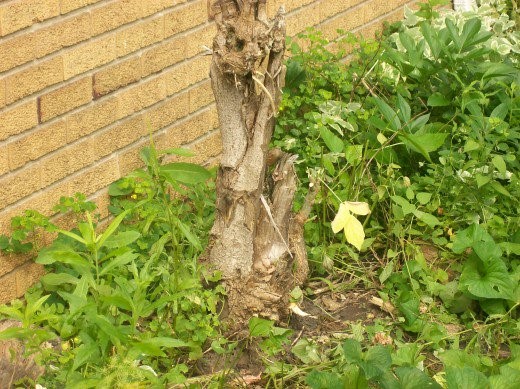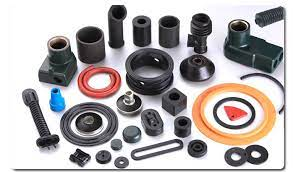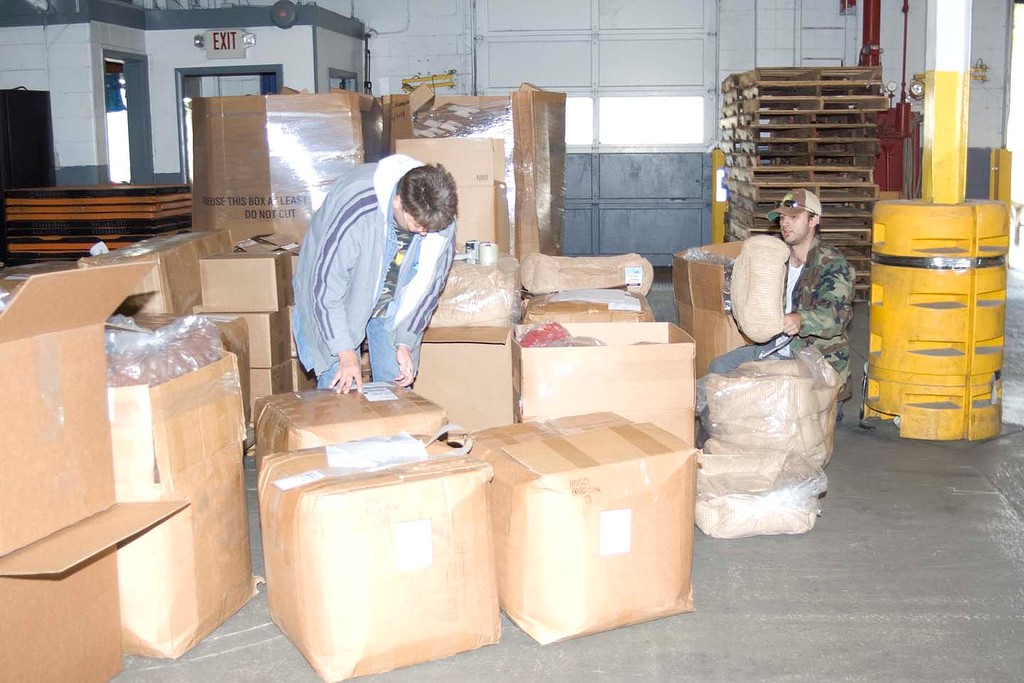You could be forgiven for thinking that a dead tree or shrub would be obvious. However, it’s not always that easy to judge the health of a plant or tree.
One test that you can try to see if a tree has died is the scratch test. Scratch an area of the shoots of a tree or shrub with your fingernail and you might see some tell-tale signs. If the substance beneath the scratch is green in colour, your plant is still alive. If, however, you reveal brown, then there is a good chance that it’s dead. Shoots that are alive will feel firm to the touch and bark will feel smooth, but dead ones will likely be flaky, dry and peeling away.
Should the shoots appear dead at the tips, repeat the test again on a thicker area of the bark to see if the whole plant is dead. If the majority of the upper areas are also revealing brown from a scratch test, you can be fairly certain that the shrub or tree has died.
A final part of the test should be completed on the main stem of the roots or where the roots sit just below the soil. Unhealthy or dying roots will feel soft and rotting. If you suspect that your shrub or tree is dead, contact the services of a Bournemouth Tree Surgeon like Kieran Boyland Treecare Ltd
If you’re lucky, you might reveal some areas of green, in which case you should leave the tree or shrub for a few weeks to see if it picks up at all. If the decline continues, you should consider removing it from your garden.
Why has my tree or shrub died?
Despite our best efforts, not all our beloved trees and plants will survive in our gardens. To give them the best start, always buy your plants from well-respected nurseries, preferably that offers a guarantee. It is always useful to find out why a plant failed, so you can try to avoid the same scenario next time. Some reasons are down to whether it was planted or potted, but other reasons can be a lot vaguer.
If the tree or shrub is large, it can be more prone to failing due to the root size compared to the top growth. To get around this issue, only plant larger trees or shrubs when there is a specific need to do so, like privacy requirements. Ensure they are well-watered for a good few seasons once planted.
Survival and success can also be species dependent. Some species can be planted almost anywhere and thrive, while others are extremely sensitive and will soon deteriorate in the wrong conditions. Always ensure you know what soil conditions are required before planting. Also understand how much sun and shade a plant will require and position it in the best place to achieve this.
If the tree or shrub has experienced a sudden change in its surrounding environment, that can also be damaging. If you have recently moved a plant from a nursery to the garden, for example, the plant can be more susceptible to cold, wind and sunny conditions. Unless you know for sure where a tree or plant was growing before you purchased it, consider hardening it for a few days outside but well-sheltered.





